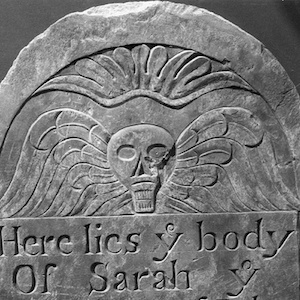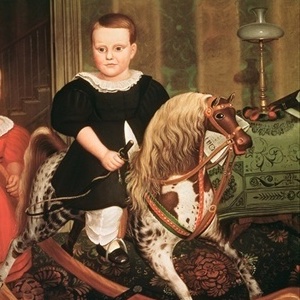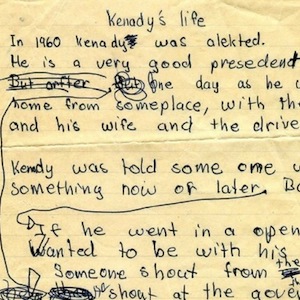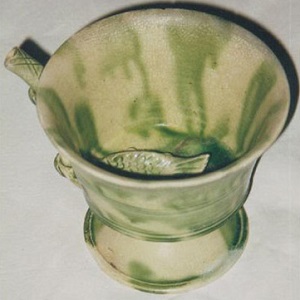Culture

Queens Rooftops, Seen From a Subway Platform
A main goal for almost all graffiti artists is to be seen by other artists or appreciative peers, as well as the typical New York City passers-by.

Tags and Throws on a SoHo Side Street
This photo shows a wall covered in "tags" and "throws" along a commonly-traveled side street that runs through the SoHo area of Manhattan, which is one of New York City's major museum and art gallery districts.

My Weekly Reader
First launched in 1928, My Weekly Reader sought to make the national news accessible to elementary school children. By the early 1970s grade-specific versions were available for students from preschool to the sixth grade.

Liberty in the Form of the Goddess of Youth
Mary Green of Worcester, MA, created this embroidery in 1804 at the age of 16. She based it on the 1796 engraving, "Liberty in the Form of the Goddess of Youth Giving Support to the Bald Eagle," by artist-entrepreneur, Edward Savage (fig. 2).

Jumping Rope
Lydia Maria Child included this selection on how to jump rope in The Girls Own Book, a book published in 1833. Why did girls in early 19th-century America need instructions on how to jump rope? Why did Child's feel the need to caution girls?

Gravestones and Childhood
In 17th-century New England, Puritan beliefs about "infant depravity" (born with "original sin") generated anxieties about "eternal damnation" that shaped methods of childrearing and notions of death. Puritan beliefs can be "read" on the gravestones often made out of dark grey slate.

Hobby Horse
This oil on canvas painting by an unknown American folk artist was painted around 1840. It depicts two siblings at play.

JFK's Assassination
The assassination of John F. Kennedy on November 22nd in 1963 shocked, saddened, and bewildered American children. Girls and boys of all ages watched the funeral broadcast on television—including those who lived abroad during the 1960s.

Neolithic Baby Burial
This infant burial is from Çatalhöyük , a Neolithic settlement in Turkey that was occupied continuously for 2,500 years, between 8000 and 6400 BCE. The infant was between six months and one year old, and the burial demonstrates great care.

Sippy Cup
This ceramic cup with a drinking spout is from the cargo of an Arab or Indian ship that sank in the Strait of Malacca between 826 and 850 CE. The ship, which contained thousands of other ceramic pieces, was probably bound for the Persian Gulf.